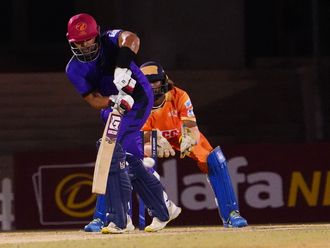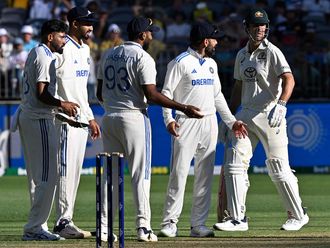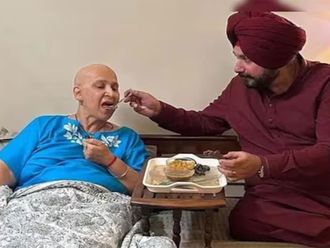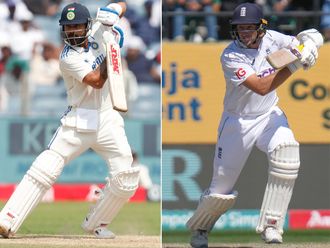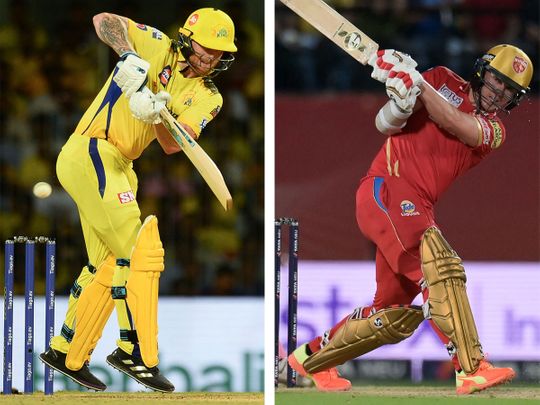
Dubai: The Indian Premier League 2023 is probably one of the most-riveting seasons in the history of the franchise league. All the 10 teams were in the running even after the halfway stage and results were going topsy-turvy with no clear favourites for the playoff spots, which was decided after the last league match. That says a lot about the quality of the game witnessed during the 74-day event, which got extended by one more day due to the rains that forced the organisers to call off the final between Chennai Super Kings and Gujarat Titans on Sunday.
Gulf News takes a look at the five key lessons learnt from the season:
1. Controversies that marred the season:
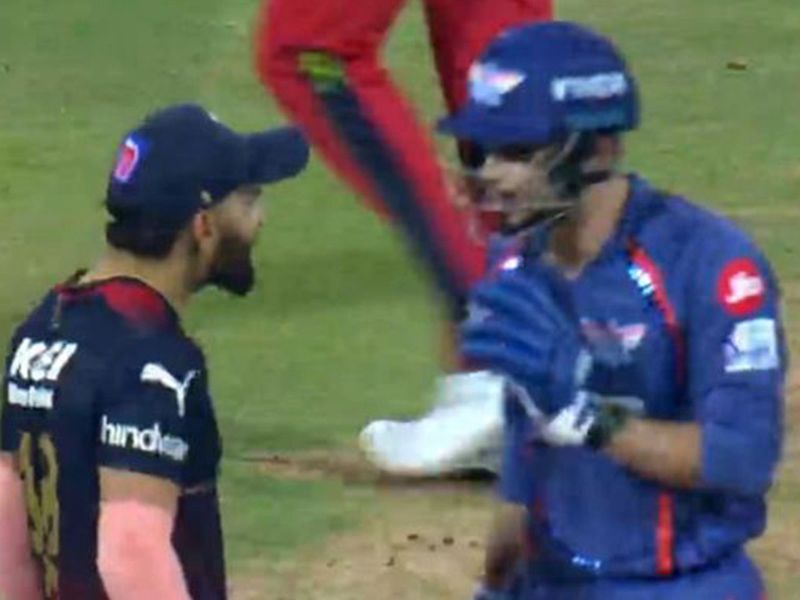
While the standard of the game was at the highest level, the fair play must have hit a low-point this season. Two incidents stick out like a sore thumb in Season 16. The spat during the match between Lucknow Super Giants and Royal Challengers Bangalore spilled even after the match ended. The three players involved in the ugly spat, Virat Kohli, Gautam Gambhir and Naveen Ul Haq, all were slapped hefty fines by the IPL governing body.
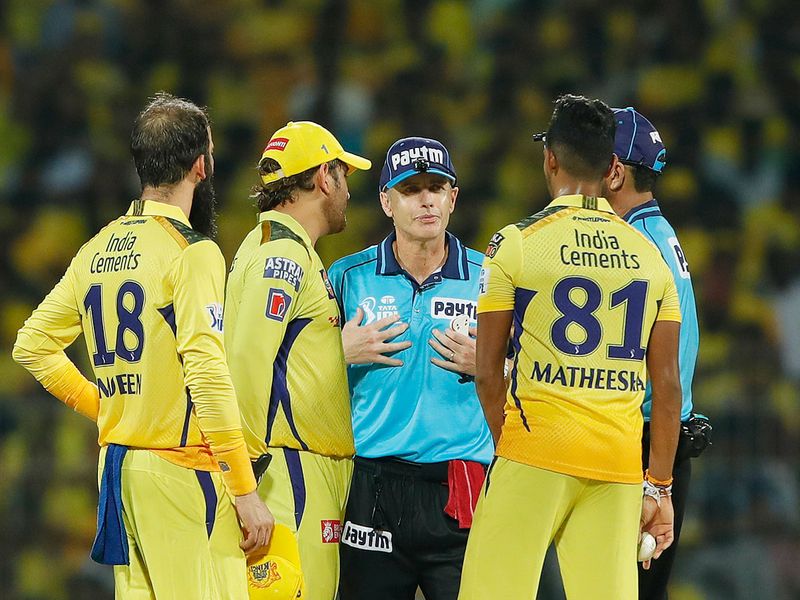
The second one was about the gamesmanship that could have cost Gujarat Titans the match in the Qualifier 1 against Chennai Super Giants. Mahendra Singh Dhoni, the Chennai skipper, wasted four minutes checking with the umpires to ensure ace pacer Matheesha Pathirana bowled his full quota of overs after leaving the field for nine minutes. Had the umpires started the game, instead of chatting with Dhoni, then the Sri Lanka pacer couldn’t have bowled immediately. While one section of the fans spoke about the smart move of Dhoni, others felt that the move didn’t befit the status of the former Indian skipper.
2. Big money means not necessarily results

Once again it was the case of big money earners giving too little back to their respective teams. England all-rounders Sam Curran (Rs185 million) and Ben Stokes (Rs162.5 million) were among the highest earners during the auction for IPL 2023, but they did very little. Curran was way better than Stokes, who had to sit out of the entire league after the initial few games. Australian all-rounder Cameron Green, who was the second highest-paid cricketer after Curran at Rs175 million, finally came good towards the end of the league stage, taking Mumbai Indians to the playoffs.
On the contrary, cheap purchases like Ajinkya Rahane and Mohit Sharma have proved more than their money’s worth. Both were picked by Chennai Super Kings and Gujarat Titans for a base price of Rs5 million and have been key performers for their respective teams.
3. Chennai and Mumbai still are dominant forces
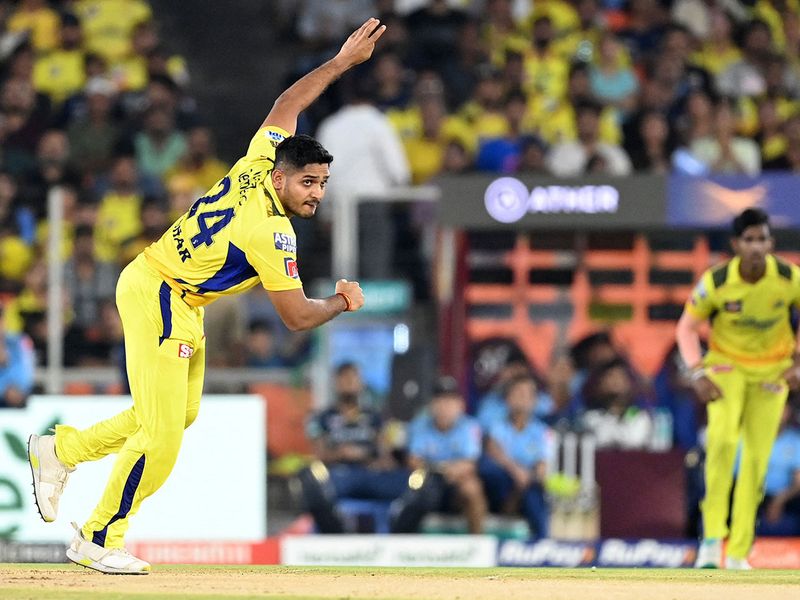
The two IPL giants finished at the bottom of the table in the last season, giving hopes to the likes of newcomers like Lucknow Super Giants and the eternal bridesmaids Rajasthan Royals, who won the inaugural season, and Royal Challengers Bangalore to clinch playoff spots along with champions Gujarat Titans. The new season saw Chennai hitting the ground running early with a clear strategy and the designated roles for individuals. Rahane and Sivam Dube were different players this season while Tushar Deshpande, who was the third-choice pacer, stood up to be counted while the young Pathirana, dubbed Baby Malinga, has become the fearsome death-over specialist.

Mumbai, who had a slow start, were unstoppable when they found their groove near the halfway stage. They have also unearthed some impressive talents like Nehal Wadhera, Tilak Varma, Vishnu Vinod and Akash Madhwal. Both these teams have an impressive mix of youngsters with the experienced campaigners. The stability the management brings in has been the main reason for their success so far, which will only enhance their potential as they go on.
4. Slower ones are not a weapon anymore

Until last season the slower ones were a potent variation, but this season the batters have been waiting for the slower ones. Not just the change of pace, even the slow bouncers and all those variations that comes with the change of pace. Each and every bowler is analysed threadbare and the batters are well armed with the information that they get from the support staff on how many slower deliveries one can expect during the early overs and similarly in the death overs. Based on that they choose their spots to hit the bowler. One big casualty in this season is Harshal Patel, who had many slow variations, but he was least effective this season as his bowling was completely exposed.
5. Impact-player rule:
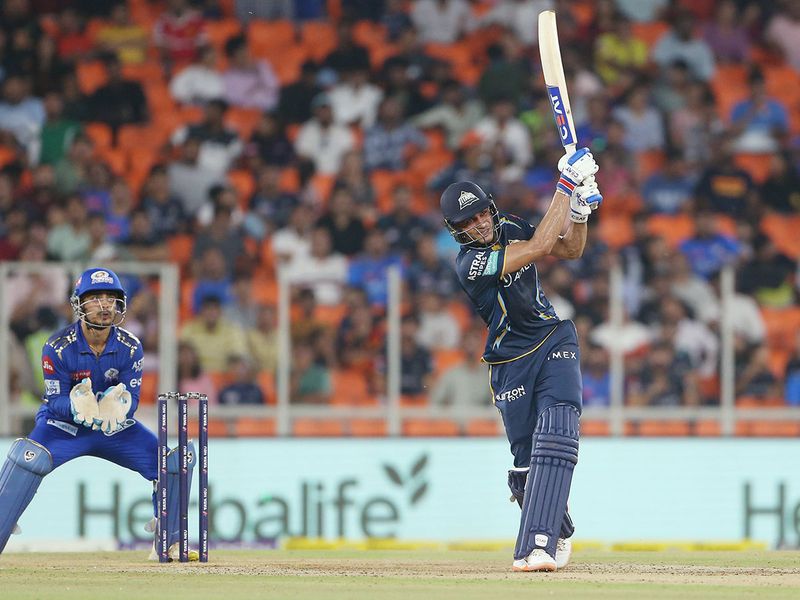
A masterstroke that has made this IPL a thrilling, high-scoring contests. So far 37 innings have seen a total in excess of 200 runs during the 74 matches held at 12 different venues this season. Generally the battered wickets offer plenty to spinners and the low-bounce wickets make batting very difficult, resulting in low scores. But the true batting wickets, clubbed with the extra batter allowed the teams to go after the bowling a bit more harder, resulting in bigger scores this season with 12 centuries.



![Copy of 719045-01-02 [1]-1710867518805](https://imagevars.gulfnews.com/2024/03/19/Copy-of-719045-01-02--1--1710867518805_18e57a6956e_small.jpg)
